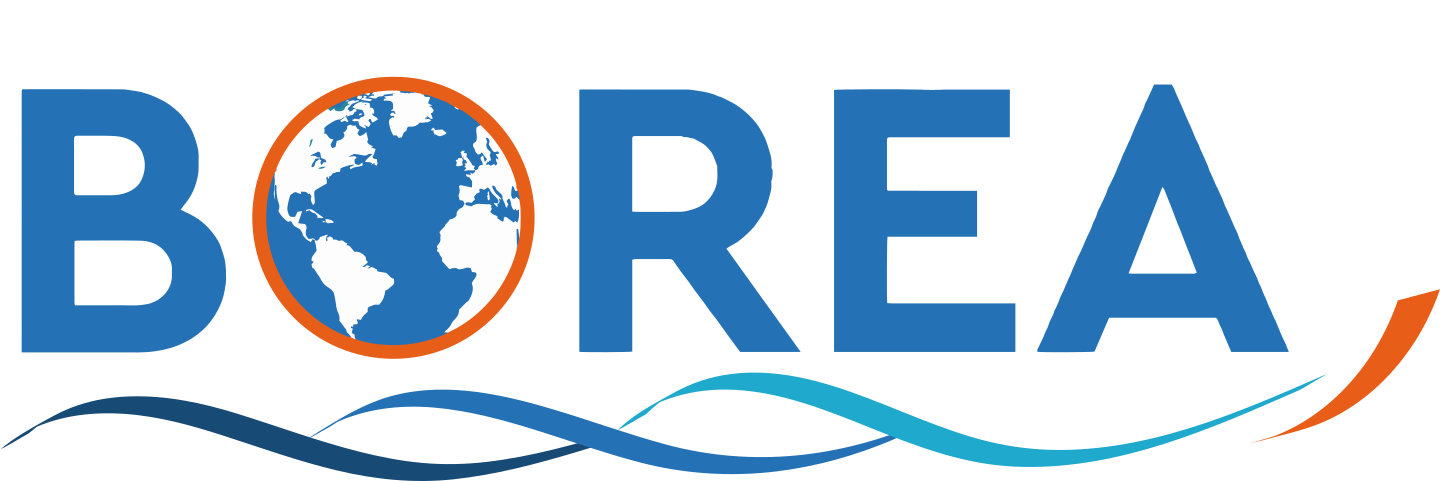A spatial food web model to investigate potential spillover effects of an offshore wind farm. Halouani G., Villanueva M.C., Raoux A., Dauvin J.C., Ben Rais Lasram F., Foucher E., Le Loc’h F., Safi G., Araignous E., Robin J.P., Niquil N.. Journal of Marine Systems, vol. 212, 2020, 103434. https://doi.org/10.1016/j.jmarsys.2020.103434
There is a growing interest in the development of offshore wind farms to provide a sustainable source of renewable energy and contribute to the reduction of carbon emissions. In parallel, there is a need to better understand the effects of these installations on coastal marine ecosystems and identify potential sea use conflicts, especially when the area is subject to access restrictions. This study investigated the effects of a spatial closure during the exploitation phase of an offshore wind farm in the extended Bay of Seine (English Channel, France) using Ecospace, a spatially and temporally explicit module of Ecopath with Ecosim. To address this question, simulations were conducted through the evaluation of “what-if scenarios” to assess the effectiveness of a fishing exclusion zone inside and surrounding the offshore wind farm. Several biomass, catch and trophic level-based indicators were calculated to evaluate how the exclusion zone could affect fishing activities and main components of the food web. All the indicators were estimated in the extended Bay of Seine and summarized by sub-area. Findings suggested that the spillover effect could mitigate the negative impact of access loss on fishing activities, in a scenario of simulated closure of the area of the wind farm. The Ecospace model predicted an increase of catches (up to 7% near the wind farm) and a slight increase in the proportion of high trophic level species. However, the influence of spillover effects is limited in space and the expected increase of biomass and catches are highly localized in areas around the offshore wind farm installations. At the scale of the Bay of Seine, further analysis of the spillover effects revealed a spatial pattern and suggested that the implementation of an exclusion zone inside the offshore wind farm could concentrate highly mobile predators.
There is a growing interest in the development of offshore wind farms to provide a sustainable source of renewable energy and contribute to the reduction of carbon emissions. In parallel, there is a need to better understand the effects of these installations on coastal marine ecosystems and identify potential sea use conflicts, especially when the area is subject to access restrictions. This study investigated the effects of a spatial closure during the exploitation phase of an offshore wind farm in the extended Bay of Seine (English Channel, France) using Ecospace, a spatially and temporally explicit module of Ecopath with Ecosim. To address this question, simulations were conducted through the evaluation of “what-if scenarios” to assess the effectiveness of a fishing exclusion zone inside and surrounding the offshore wind farm. Several biomass, catch and trophic level-based indicators were calculated to evaluate how the exclusion zone could affect fishing activities and main components of the food web. All the indicators were estimated in the extended Bay of Seine and summarized by sub-area. Findings suggested that the spillover effect could mitigate the negative impact of access loss on fishing activities, in a scenario of simulated closure of the area of the wind farm. The Ecospace model predicted an increase of catches (up to 7% near the wind farm) and a slight increase in the proportion of high trophic level species. However, the influence of spillover effects is limited in space and the expected increase of biomass and catches are highly localized in areas around the offshore wind farm installations. At the scale of the Bay of Seine, further analysis of the spillover effects revealed a spatial pattern and suggested that the implementation of an exclusion zone inside the offshore wind farm could concentrate highly mobile predators.




